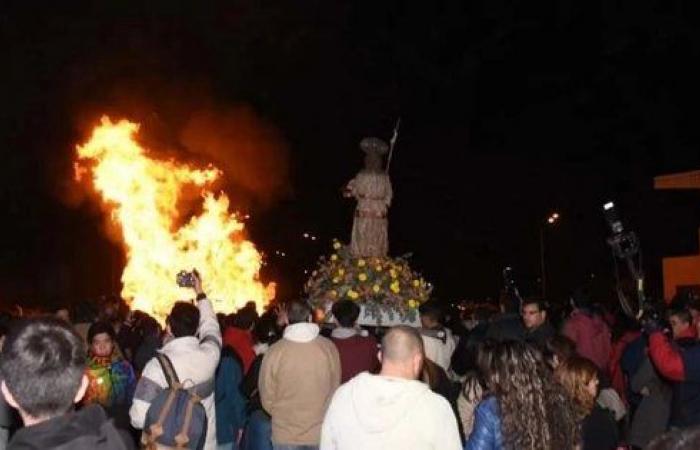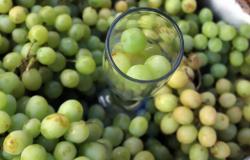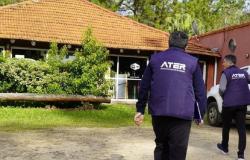The traditional Bonfire to San Juan Bautista will once again illuminate the San Juan night in 2024. This was confirmed by Susana Laciar, mayor of the Capital, who announced that preparations are already underway in coordination with the Archbishopric’s representatives for next June 24. This celebration, which for years was held in the province, promises to revive a custom that unites the community in an act of faith and tradition.
The traditional event will take place at 9 p.m. on Mendoza Street, after the Eucharistic celebration that will take place at 8 p.m. in the Cathedral Church.
There will also be an artistic intervention and after that a performance by Los Lucero, the Vocational Choir directed by José Patracchini, the Ballet San Juan Nuestro Tiempo and recitations by Jorge Buenaventura Becerra are scheduled.
The last time the bonfire was held was on June 24, 2018, in an abandoned vacant lot on the South Connector and General Paz Street, in the Capital. That year, hundreds of San Juan residents participated in a procession from the Cathedral to commemorate San Juan Bautista, patron saint of the province, culminating with the emblematic bonfire. However, factors such as the Zonda wind and the pandemic forced the event to be suspended in the following years. In 2023, the tradition was resumed, but with stokers instead of the traditional bonfire. Now, the bonfire is expected to return with all its original essence and characteristics.
The San Juan bonfire is a celebration that takes place in many parts of the world, with variations that reflect both Christian influences and native traditions. In San Juan, this tradition has a deep spiritual and cultural meaning. Lighting the bonfire symbolizes renewal and purification, an act to cleanse the spirit and give thanks for the fruits obtained. It is also an occasion to make requests and renew faith.
What burns in the bonfire
The bonfires of Saint John are a very old tradition that is celebrated in many places on the night of June 23, coinciding with the birth of Saint John the Baptist. However, its origin is pagan and dates back to the solar cults that were held to celebrate the summer solstice, the longest day of the year. Fire symbolizes purification, protection, regeneration and fertility, and is believed to drive away evil spirits and attract good luck. But what has to be burned at the stake on San Juan night? There are many traditions in this regard, both in relation to the esoteric and what has to do with good luck, as well as in the fact of using fire to “end” something from the past before the arrival of a new summer.
- Wood, cardboard and old junk: These are the most common and easiest to obtain elements to feed the fire. It is said that burning old or useless things helps to free ourselves from what no longer serves us and to renew ourselves for the new cycle that begins. You can also burn paper with written wishes or negative things that we want to leave behind.
- School notes: It is tradition for students to burn their notes at the San Juan bonfire, symbolizing the end of the school year.
- Dolls or figures: In some places dolls or figures are made with flammable materials that represent undesirable characters or situations. For example, in Alicante the famous San Juan Fallas are burned, which are artistic monuments of social criticism and humor. In Galicia, meigallos are burned, which are rag dolls stuffed with straw that symbolize witches. Burning these figures is a way of making fun of or taking revenge on what bothers us or hurts us.
- Aromatic herbs: In some regions, aromatic herbs such as rosemary, thyme, lavender or sage are burned to perfume the environment and take advantage of their medicinal and magical properties. These herbs are said to purify the air, cure illnesses, protect against the evil eye and promote love.
- Salt: Salt is an element widely used on the night of San Juan for its cleansing and protective power. Salt can be thrown on a fire to eliminate negative energies and create a shield against evil influences. You can also add salt to seawater or a container of water to bathe or wash your face and hair, which is supposed to bring health and beauty.
- Flowers: Flowers are another natural element that can be burned in the bonfires of San Juan for their beauty and symbolism. You can burn flowers of different colors depending on what you want to attract: red for love, yellow for money, white for peace, etc. You can also make wreaths or bouquets of flowers and throw them into the fire as an offering or as a wish.






